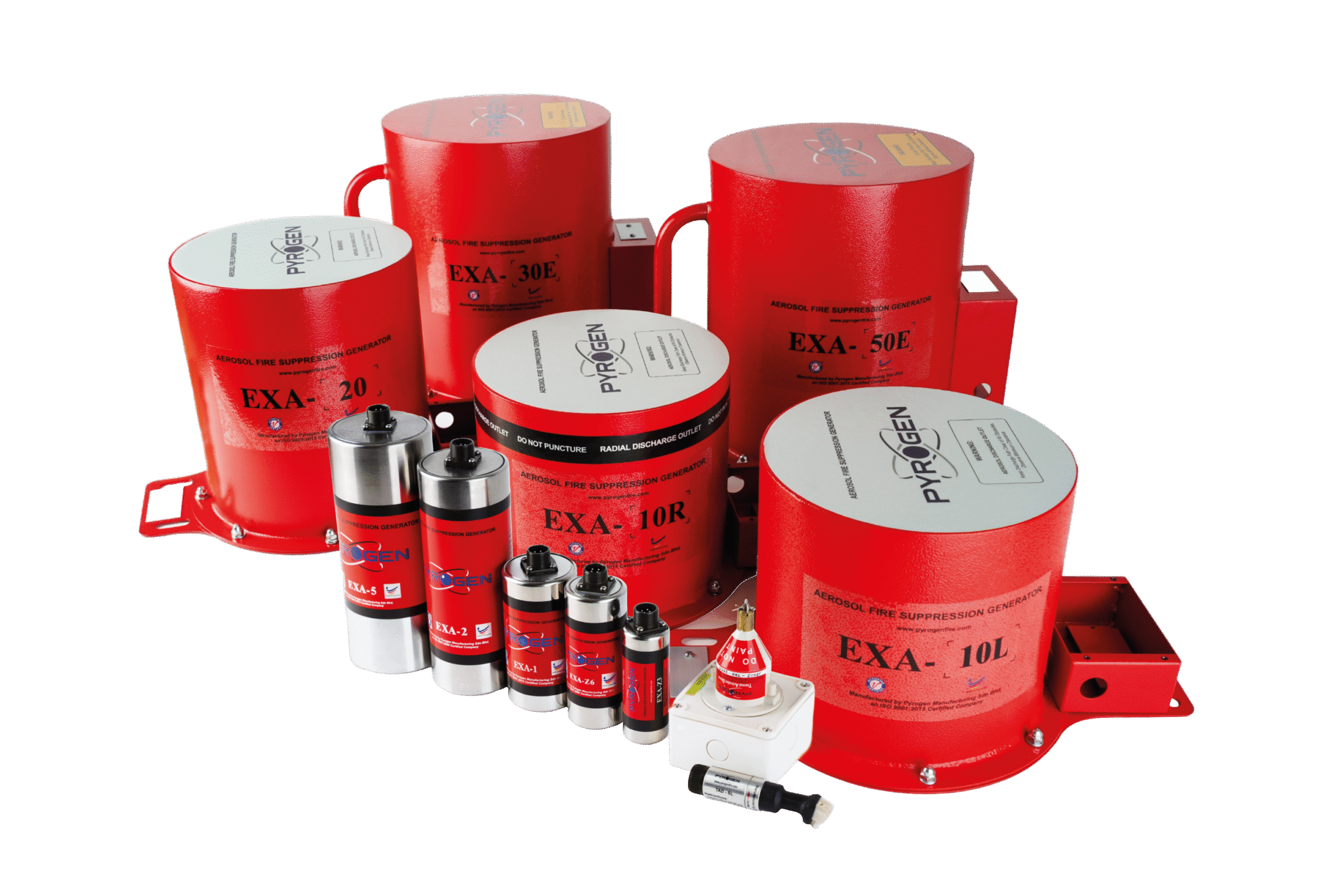
Over the past century, battery technology has made remarkable strides, enabling scalable energy storage solutions that power residential, commercial, and industrial facilities, while also supporting grid stability. This capability is primarily realized through Battery Energy Storage Systems (BESS), which typically utilize lithium-ion or lead-acid batteries to store and deliver large quantities of energy.
Advancements in lithium-ion battery chemistry, design configurations, materials, and battery management systems (BMS) have significantly improved efficiency, monitoring, and overall operational safety. Yet, despite these improvements, lithium-ion batteries remain susceptible to thermal events.
However, the dense concentration of energy within a confined space presents inherent safety risks. In the event of uncontrolled energy release, fires are a common consequence—and in more severe cases, explosions may occur.
A single defective cell—or one exposed to mechanical damage, electrical stress, or elevated temperatures—can experience a rapid rise in internal temperature, triggering what is known as thermal runaway. This self-sustaining reaction can escalate into a fire within minutes and, if not promptly contained, may spread to adjacent cells, leading to widespread system failure and potential structural damage.
As BESS continues to expand in scale and application, robust fire prevention, detection, and suppression strategies are essential to mitigating these risks and ensuring operational safety.
Thermal Runaway in Lithium Cells Lithium-ion cells are vulnerable to thermal runaway—a rapid, self-sustaining chemical reaction triggered by overheating, overcharging, mechanical damage, or internal short circuits. During this process, the cell’s temperature rises uncontrollably, leading to the release of intense heat and highly flammable gases such as hydrogen and hydrocarbon vapors. This phenomenon can occur within minutes and is extremely difficult to contain once initiated. Chain Reaction in Large Battery Systems In large-scale BESS, individual cells are densely packed and interconnected. The failure of a single cell due to thermal runaway can quickly propagate to surrounding cells, creating a domino effect. This chain reaction significantly magnifies the scale and intensity of the fire, turning what could have been a localized failure into a system-wide emergency. Risk of Fire and Explosion The gases released during thermal runaway are not only flammable but can also accumulate within enclosures. If ignited, these gases can lead to powerful explosions or rapidly spreading fires. The combination of confined spaces, high energy density, and volatile gases makes BESS fire incidents particularly dangerous and destructive. Limited Awareness Among Emergency Responders Despite the growing deployment of BESS worldwide, many local fire services remain unfamiliar with the specific risks associated with lithium-ion battery systems. The unique behavior of battery fires—such as reignition risk, toxic gas emission, and resistance to traditional suppression methods—requires specialized knowledge, training, and equipment. Without proper preparedness, emergency response efforts may be delayed or ineffective, increasing the risk to people and property.
Excessive Heat Generation Once thermal runaway progresses to the propagation stage, the battery generates significant internal heat, making it extremely difficult for suppression systems to reduce the temperature quickly enough to halt the reaction. Densely Packed Battery Modules Lithium-ion cells are typically packed tightly within battery modules. This design restricts access and makes it difficult for fire suppression agents to reach and cool the affected cells effectively. Oxygen Generation During Fire During electrolyte decomposition, lithium-ion batteries can release oxygen, which sustains and intensifies combustion. This self-oxygenating characteristic undermines conventional suppression efforts that rely on oxygen displacement.
Aerosol Chemical Chain Reaction EXA condensed aerosol systems suppress fires primarily by interrupting the chemical chain reactions that sustain combustion, rather than relying on cooling or oxygen depletion within the protected enclosure. System Activation Upon activation, EXA’s solid aerosol-forming compound transforms into a rapidly expanding, two-phase fire suppression agent. This agent consists of fine Potassium Carbonate (K₂CO₃) particles—the active extinguishing component—suspended in an inert carrier gas. When the aerosol reaches the flame zone, it reacts with the combustion process to produce Potassium radicals (K*), primarily through the dissociation of K₂CO₃. These K* radicals bind with flame-propagating free radicals, such as hydroxyls (OH⁻), forming stable compounds like Potassium Hydroxide (KOH). In the presence of carbon dioxide (CO₂), KOH further reacts to regenerate stable K₂CO₃, completing the suppression cycle. Li-ion Battery Fires In the event of a lithium-ion battery fire, both K₂CO₃ and its intermediate product KOH engage with the decomposition by-products of the battery electrolyte, particularly hazardous substances like Hydrogen Fluoride (HF). These reactions yield stable neutral compounds such as Potassium Fluoride (KF) and Potassium Bifluoride (KHF₂), effectively mitigating the generation of highly flammable gases like Hydrogen (H₂). This neutralization process is critical in halting the thermal runaway sequence by reducing internal temperatures below the critical threshold (~120°C) required for its continuation. Effectiveness EXA systems can effectively prevent Li-ion fire re-ignition, provided that the minimum required aerosol density is maintained in the enclosure. This fire hold-off capability affords valuable time for safe post-incident battery management and recovery operations.
